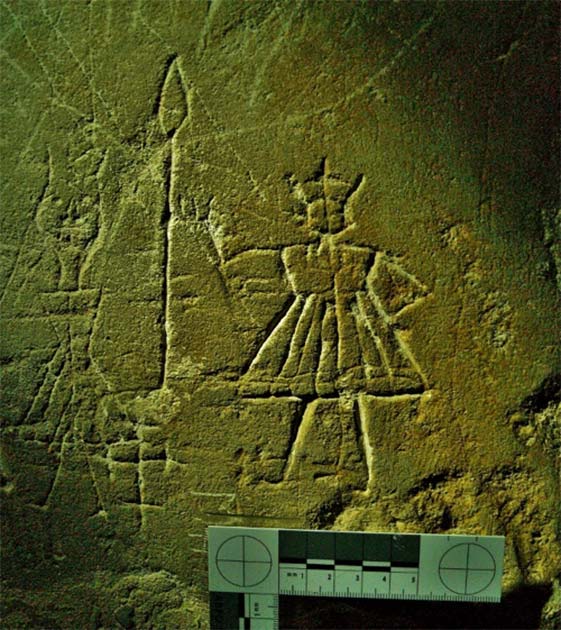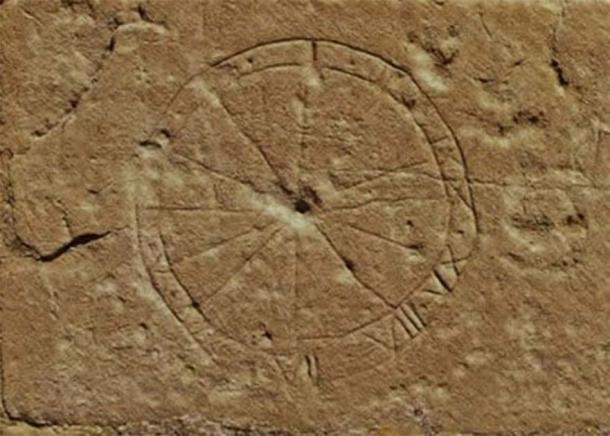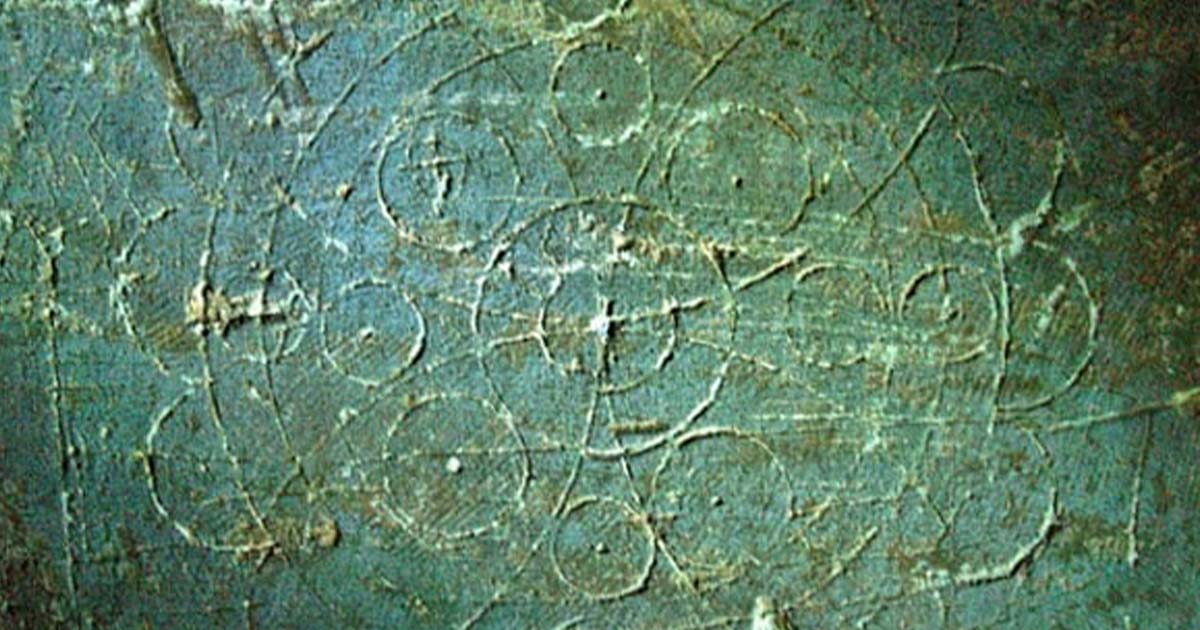Mysteries of Medieval Graffiti in England Investigated
The Lincoln Medieval Graffiti Project was founded in England back in 2013 to record the plethora of medieval graffiti found in churches throughout the county. According to the BBC, the strange etchings, which include pentagrams, crosses, geometric designs, ships and what archaeologists call “demon traps,” provide “a tantalizing glimpse” into life in the Middle Ages.
The seeds of the initiative, known as the Lincolnshire Medieval Graffiti Project, first started in Norfolk in 2010 led by archaeologist Matt Champion. Over time it expanded to include Suffolk, Kent, East Sussex, Surrey and Lincolnshire, with volunteer researchers recording more than 28,000 images in Norfolk alone.

A medieval graffiti artwork etched into the walls of Cranwell Parish Church in Lincolnshire. (Lincolnshire Medieval Graffiti Project)
The Symbology of the Medieval Graffiti
Champion explained that there were a variety of different theories regarding the symbology and meaning of the graffiti, with particular care needed when interpreting the drawings. In fact, much of the medieval graffiti discovered to date has already been the subject of intense debate.
- Medieval Graffiti to Repel Witches and Evil Spirits Found In Britain
- Holy Grail of Christian Graffiti Discovered On 5th Century Chalice
For example, researchers discovered the figure of a so-called “straw man” on the walls of the Cranwell Parish Church in Lincolnshire. According to Brian Porter, Lincolnshire's medieval graffiti project coordinator, the figure represented a pagan fertility symbol. Despite attempts by the Church to stamp out old pagan traditions, there was a pre-Christian tradition of burning a straw man made out of the previous year’s crop and scattering its ashes across the fields.
However, Matt Champion expressed doubts that the straw man was actually a genuine pagan symbol. “Not all [Christians] were closet pagans,” he said. Some medieval graffiti could simply be the result of bored church-goers.

Medieval graffiti sundial etched onto a church wall. (Lincolnshire Medieval Graffiti Project)
Repetitive Motifs within Medieval Graffiti
Certain images and symbols crop up regularly in the medieval graffiti. For example, sundials are common and have almost always been discovered on the south wall of a church where the sun passes during the day. Mass dials were also used to tell worshippers when the next service would be held.
Compass-drawn designs are among the most common types of inscriptions recorded in medieval parish churches, such as the one included in the main image for this article. Champion maintained that the compass designs involving a series of circles may have functioned as ritual protection markings designed to ward of the evil eye, or acted as “demon traps.”
- Significant Inscriptions Found in Egypt: From the Earliest Huge Hieroglyphs to Greek-Roman Period Graffiti
- Tracing the Paths of the Vikings Through Their Graffiti
“It was believed that the demons that roamed through the earth were rather stupid,” explained Champion when discussing this particular kind of medieval graffiti. “They were attracted to bright shiny things and, should they come across a line, then their stupidity and curiosity would cause them to follow that line to its conclusion.”
Doodles or Intentional Art? Medieval Graffiti Provides Insight into People’s Minds
However, Champion did not dismiss the possibility that many of the images amounted to simple doodling and were not necessarily symbolic of anything. Nevertheless, many of the images shed light on the thoughts, beliefs and lives of people in the Middle Ages. “It tells you what was going on in people's minds, churches were not always quiet spiritual places,” said Matthew Champion. “We want to record it before it's lost.”
Top image: Circles are also very common and in many cases were made to ward off evil. Source: Lincolnshire Medieval Graffiti Project
References
Heath, N. 20 July 2014. “Mysteries of medieval graffiti in England's churches” in BBC News. Available at: https://www.bbc.com/news/uk-england-28035013




















Comments
The graffiti representing a royal scene with what looks like a king and queen is quite significant, I think. I wonder what it means.
for some reason, this line made me smile so big..."Some medieval graffiti could simply be the result of bored church-goers."
love, light and blessings
AB